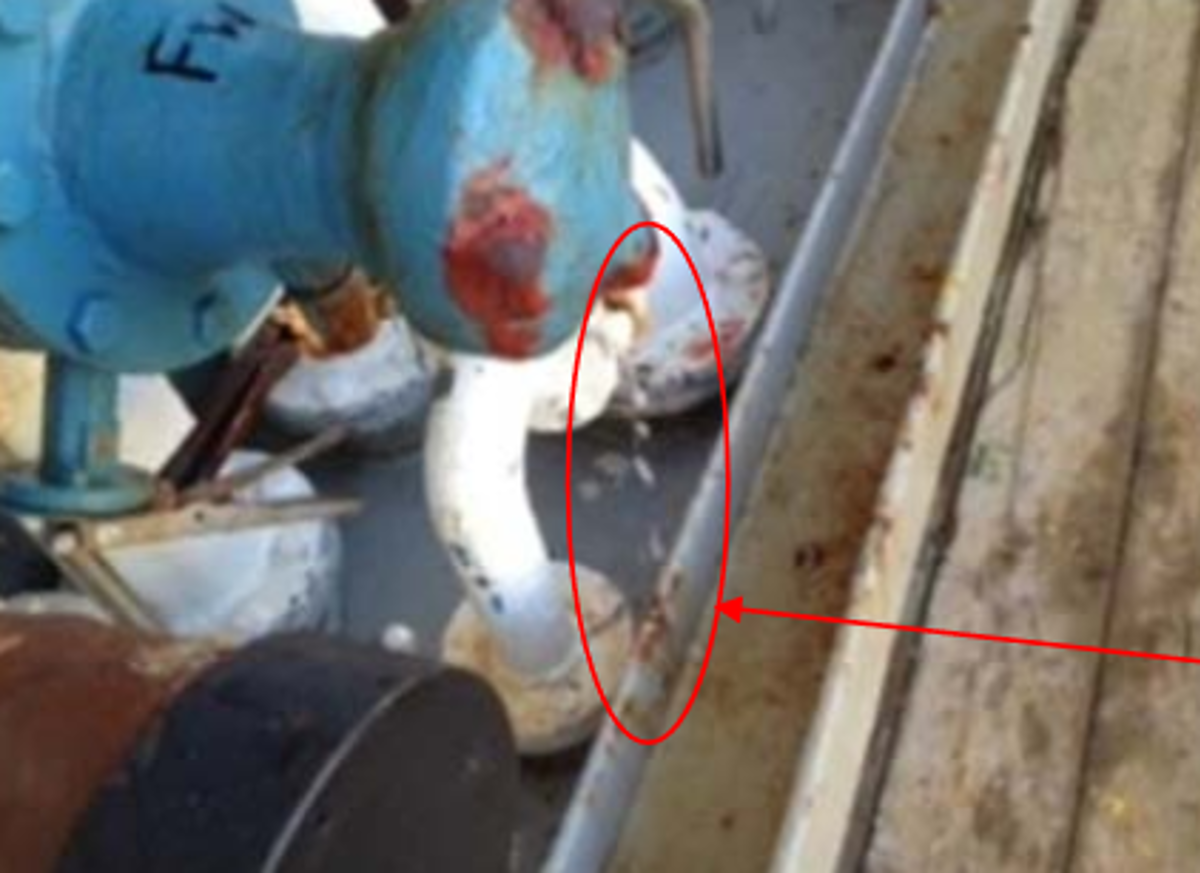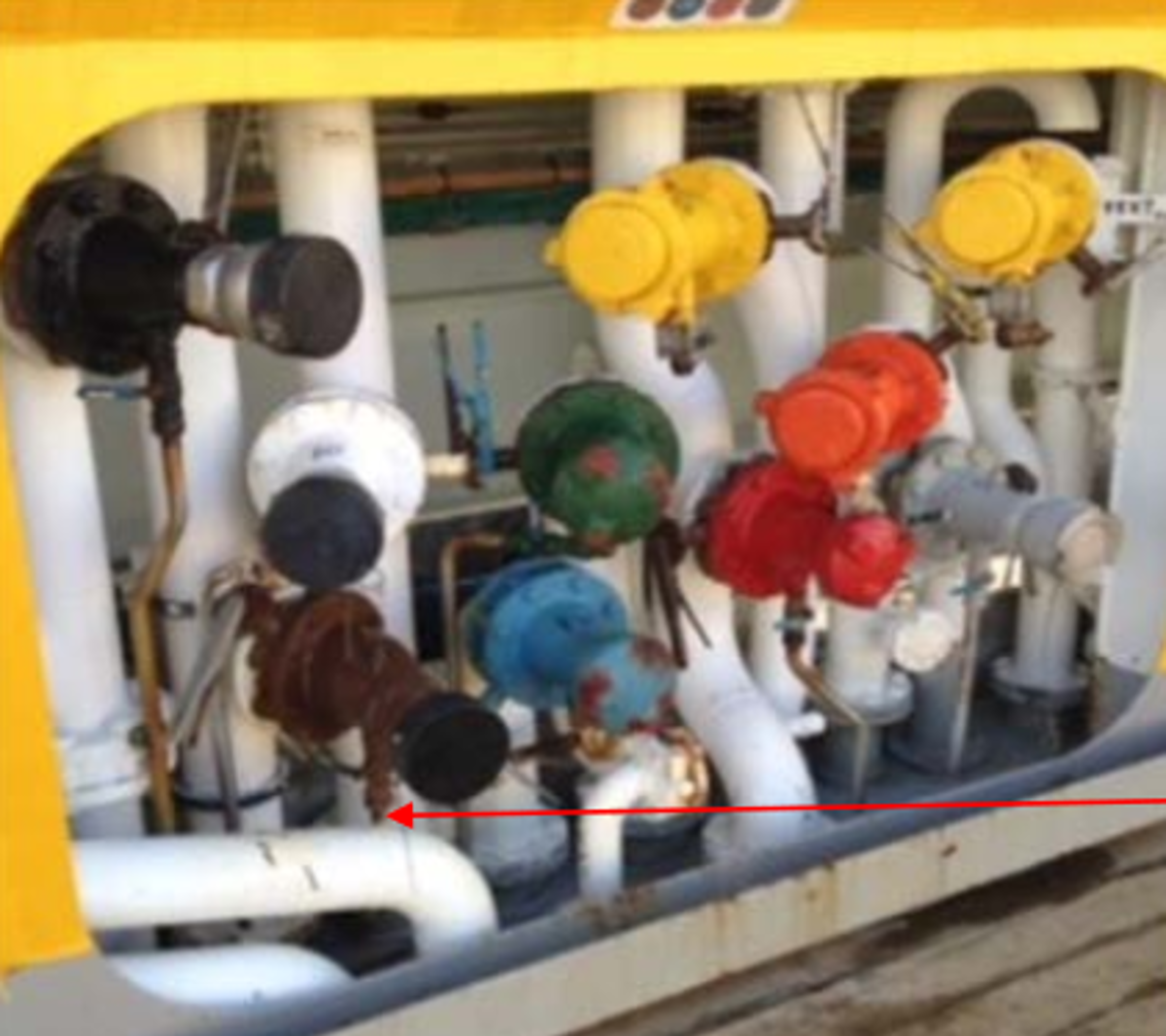Fuel spill during in-port bunkering
- Safety Flash
- Published on 20 December 2016
- Generated on 29 October 2025
- IMCA SF 35/16
- 2 minute read
Jump to:
The MSF has published the following safety alert regarding an incident in which fuel oil was spilt to sea. The incident occurred when a platform supply vessel (PSV) was bunkering in port.
What happened?
Crew had been using a ‘jumper hose’ to discharge ‘old’ fresh water overboard using the aft starboard manifold – the plan was to refresh the water tanks later in the day. As is common with this type of operation while the water pump was running, all water manifolds in the system were under pressure and this included the port mid-ships water manifold. Unfortunately, the port mid-ships manifold had a leaking valve.
As the morning progressed a fuel bunkering check list was completed and the vessel started bunkering fuel through the port mid-ships manifold. An AB was in place to watch the fuel hose and check for any leaks. After approximately an hour bunkering, the AB on watch reported smelling fuel and although he couldn’t see where it was leaking from he initiated an emergency stop and informed the shore side to stop pumping. He then looked overboard and saw fuel in the water between the vessel and quayside. SOPEP equipment was deployed and booms put in place around the vessel to contain the fuel.
The company investigation revealed that:
- During the bunkering process fuel had been leaking from the fuel sample/drain cock into the drip tray and draining overboard along with the fresh water originating from the water manifold.
- The root cause and contributing factors were found to be:
- the leaking fresh water manifold valve
- failure to fully ensure the requirements of the ‘pre bunkering’ check list were met
- although a watchman was in place there was a failure to maintain a proper watch on all areas from which fuel could possibly leak.
The full report can be found here.
Related Safety Flashes
-
IMCA SF 18/16
4 July 2016
-
IMCA SF 18/16
4 July 2016
-
IMCA SF 18/16
4 July 2016
-
IMCA SF 18/16
4 July 2016
-
IMCA SF 18/16
4 July 2016
IMCA Safety Flashes summarise key safety matters and incidents, allowing lessons to be more easily learnt for the benefit of the entire offshore industry.
The effectiveness of the IMCA Safety Flash system depends on the industry sharing information and so avoiding repeat incidents. Incidents are classified according to IOGP's Life Saving Rules.
All information is anonymised or sanitised, as appropriate, and warnings for graphic content included where possible.
IMCA makes every effort to ensure both the accuracy and reliability of the information shared, but is not be liable for any guidance and/or recommendation and/or statement herein contained.
The information contained in this document does not fulfil or replace any individual's or Member's legal, regulatory or other duties or obligations in respect of their operations. Individuals and Members remain solely responsible for the safe, lawful and proper conduct of their operations.
Share your safety incidents with IMCA online. Sign-up to receive Safety Flashes straight to your email.

